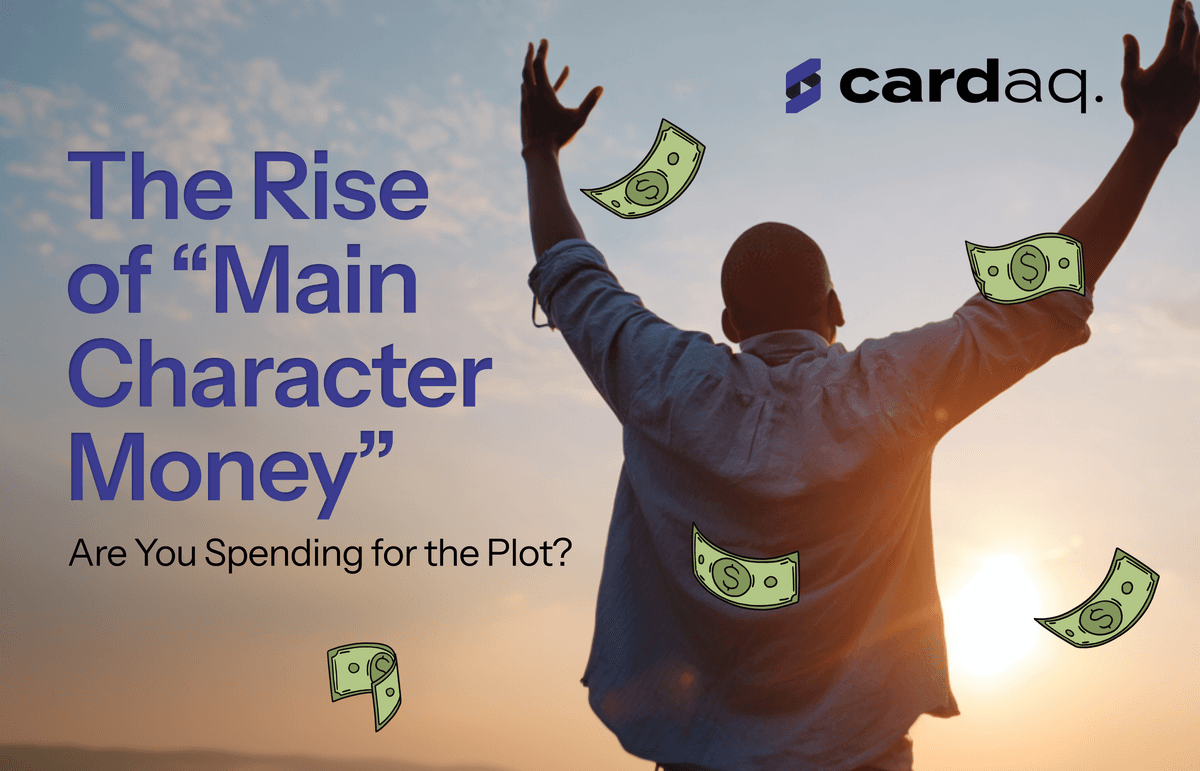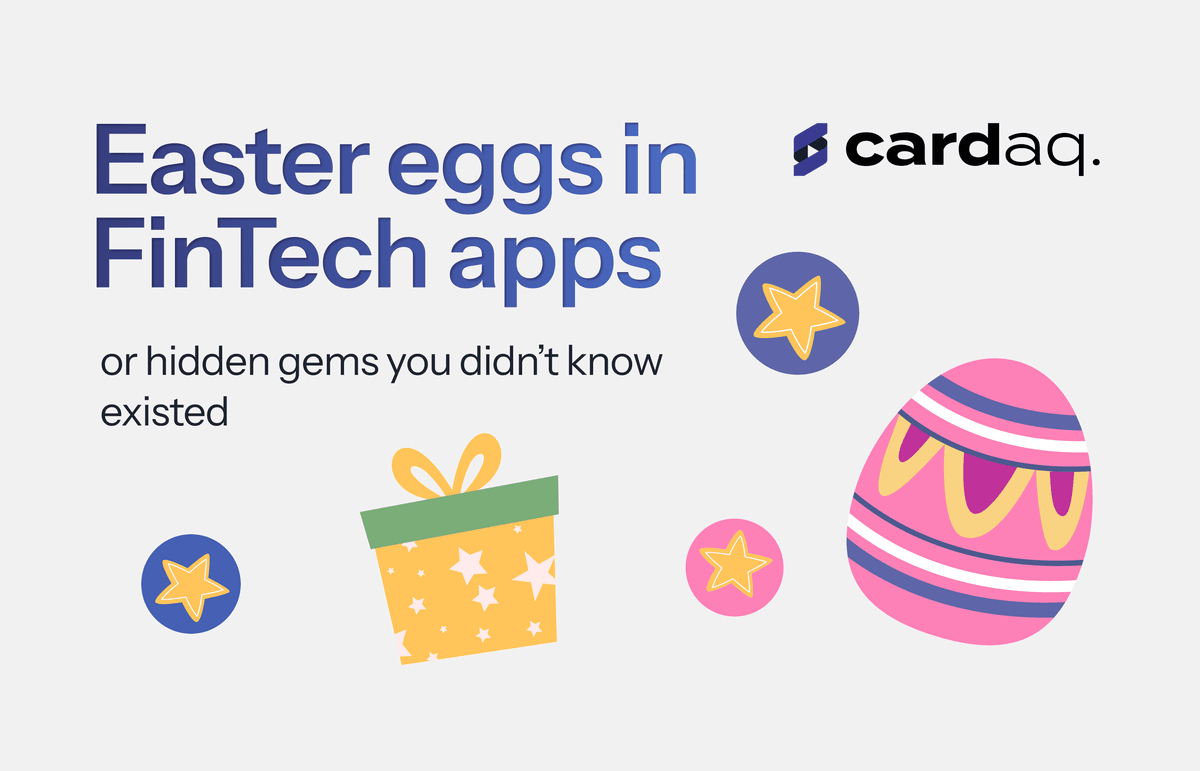SYSTEMS
October 21, 2024
4 min to read
- Copy link
- Share on X
The impact of blockchain on payment systems
Blockchain is synonymous with bitcoin and the world of cryptocurrencies, but this is now transforming digital payments and how we use fiat currencies.
This article will cover blockchain payment solutions in 2024 but rest assured if you’re unsure about how it works, the concept is quite simple once you get past the jargon. A blockchain is essentially a distributed database or ledger, rather like a spreadsheet. A blockchain is built of programs called scripts that conduct tasks such as entering and accessing information. A blockchain is distributed, meaning multiple copies are saved on many machines.
Things really get different when a transaction is required, which is why everyone is talking about decentralised finance (DeFi) and payment systems. A good example is how this works with bitcoin – with bitcoin, once a transaction is initiated this is sent to a memory pool where it is stored and queued until picked up by a miner. Once entered into a block, and the block fills with transactions, it is closed and bitcoin mining begins. This has helped blockchains to explode in popularity, with the market size expected to grow from revenues of $7.4bn in 2022 to $94bn by 2027.
So what does this mean for blockchain and financial transactions? Blockchain offers payments firms a new, efficient and - most importantly – secure way to process transactions in a decentralised way. Here are the benefits of blockchain in payments:
- Improved transparency – Blockchains provide a clear record of a transaction, and all the steps taken to execute this. Importantly this ledger is immutable, meaning the online record of a transaction is unchangeable and traceable.
- Faster transactions – Remember when we said blockchains are decentralised? This means they don’t have to be managed by a central authority such as a bank. Once consensus is reached in a blockchain, the information is added to a block in real time.
- Stronger security – Although a blockchain will record all data, creating an immutable and decentralised record, these are fully encrypted. No personal information is visible, meaning a blockchain can keep vulnerable data away from hackers and other criminals.
Unsurprisingly, payment applications accounted for 44% of global blockchain revenue in 2022!
As more people become familiar with the concept, and comfortable using this technology, blockchains are becoming increasingly used in the world of payments. Here are some of the ways we see the impact of blockchain really taking off in payments.
Mainstream adoption
Fintechs may be rapidly disrupting the world of finance, but the giants in the space still command a huge amount of influence. This is why recent moves by Visa and Mastercard – which have a combined market share of 70%- to engage with blockchain technology are so important for wider blockchain adoption in payment systems. Both giants are experimenting with blockchains in both their cryptocurrency projects and in relation to fiats. This has seen both companies invest more in blockchain, sign major partnerships and generally boost the legitimacy of this technology.
Cross-border payments
Facilitating international payments has long been a challenge for banks and payment providers, due to the complexity of executing a payment between different countries, currencies and regulatory requirements. This can make authentication challenging. However, blockchains offer a simplified solution with a decentralised network that removes the need for multiple intermediaries. Payments can be authenticated quickly, meaning real-time payments with blockchain. Cross-border payments that took days can now take minutes.
Supply chain certification
We’ve previously written about the growing role of ESG in financial services, and supply chain due diligence is a big part of this. People increasingly want to know what their companies are linked to – i.e. do they at any point benefit from unpaid labour at a supplier? Blockchain and smart contracts in payments can play a vital role here. With real-time authentication, blockchains supporting smart contracts meaning multiple parties have to adhere to stipulated conditions in order to unlock a payment.
It remains to see what happens with ongoing adoption, and how banks use blockchain for payments, but this a rapidly evolving theme with wide-ranging and exciting applications throughout digital payments.
To get more insights from the Cardaq team as they’re published, sign up to a newsletter below:
Don’t miss out on fintech insights, company milestones, and expert tips












